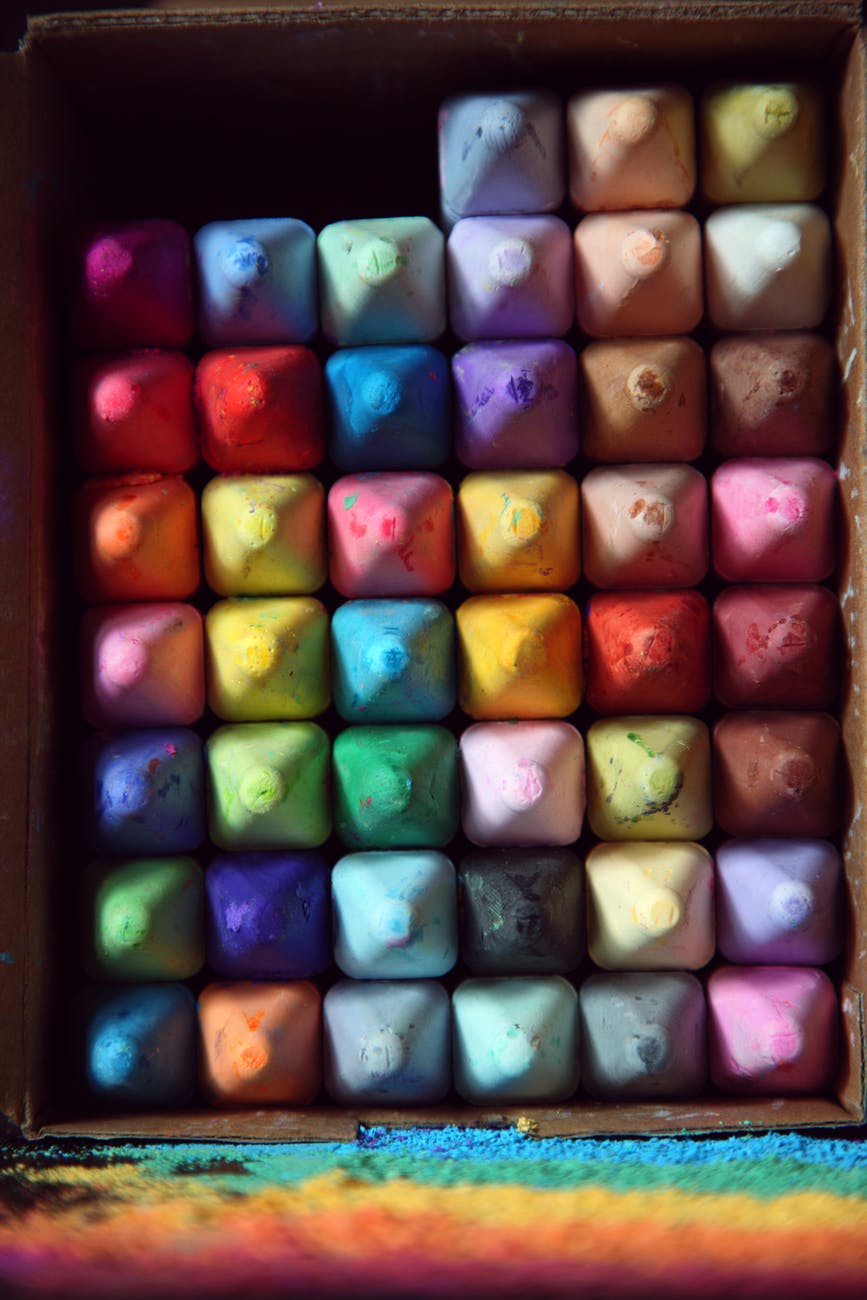|
By: A. Cordeiro The Ancient Egyptians are world-renown for many reasons, however, mostly for their grand ceremonies and traditions regarding death and the afterlife. And even though this is a jaw-dropping aspect of ancient Egypt to discuss, there are many other aspects of Ancient Egyptian life that are not spoken about enough. For example, the Egyptians’ color use and its significance in their art.
In Ancient Egypt artists mostly focused on depicting exactly what they saw around them and what a certain aspect of life implied to the Egyptian community in their artwork. In other words, the Egyptian artists focused on realism. In a way, they used their art to unify their people as they would commonly paint people lower on their hierarchy spectrum, who one might not expect to see on a piece of regal artwork. Nevertheless, Egyptian artists indulged themselves in painting their gods and royals. The ancient Egyptian pallet mainly consisted of green, red, blue, yellow, white, and black and they enjoyed painting on the walls of their temples to adorn and make them livelier. The Egyptians would mix colours to create brown and darker or lighter shades of the colours they had. Contrary to popular belief, the Egyptians praised life and living it to the fullest just as much as they praised the afterlife and so many of their pieces of art depicted the good they saw in life. The Egyptians are also commonly talked of for their great technological discoveries and making paint out of the natural materials around them is surely one of them. To make green, for example, the Egyptians mined an ore named malachite, ground it, and mixed with a mineral named gypsum and glue. Blue was made with an ore named azurite, yellow with low concentrations of a clay pigment named ochre or an ore named arsenic trisulfide, red with a larger concentration of ochre, white with white clay and sometimes gesso, and black with vegetable gum, soot, and bee wax. But why did the Egyptians use the colours they did? Each color had its significance to the Egyptians, so much so that if they were painting a man, they would create a reddish-brown dye to depict that Egyptian men would usually spend most of their time outside, however, when painting women they would mix white and yellow to depict the idea that Egyptian women spent most of their time indoors. Most of the Gods were painted with golden skin, except the god Osiris (the god of the underworld) who was painted with green or black skin to portray the ideas of fertility, regeneration, and the underworld. Red was used to symbolise evil, destruction and blood but was also used to symbolise fire, energy, and life. They would also use red to out-stand potential dangers from their art. Seth, who was the god of war, chaos, and storms, was always painted using red paint. The color red was also used to portray the beauty of life or a higher being or even status. Blue, often referred to by people nowadays as “Egyptian blue”, was used to symbolise birth, life, the heavens, water, fertility, protection, and rebirth. The god Thoth, who was god of knowledge, normally had blue elements as to link him with the heavens. Blue fertility amulets praising the God Bes (the protector of households, children, mothers and childbirth) and tattoos were also worn by women to keep them safe during childbirth and pregnancy. Yellow symbolises the sun and eternity, and because of this, was darkened to create a gold-ish yellow used as the god’s skin tone. When yellow was lightened with white, it was used to depict purity which is why the goddess Isis, who was the goddess of healing and magic, was painted with light yellow skin and a white dress. The color green was used to portray goodness, growth, life, the afterlife and resurrection. Green symbolised the opposite of what the color red symbolised and was linked with the idea of positivity. The eye of Horus, one of the most important symbols in ancient Egypt represented well-being and healing and was always painted in green. The goddess Hathor, who was the goddess of women, fertility, and love, was usually depicted in green. White was used to imply purity, cleanliness, clarity, and sacredness and was the main color used for Egyptian clothing. Priests and temple attendants wore white when taking part in sacred festivals or rituals. The color white was also used to make certain objects in a painting stand out. Black was used to portray an image of death and darkness but in contrary also represented birth and resurrection. Which is why the god Osiris, one of the most important gods in the Ancient Egyptian beliefs, was often depicted with black skin. In conclusion, it is affirmative that many of the meanings behind colours and what specific colours symbolise today was gravely influenced by the depiction of colours by ancient civilizations, such as the Ancient Egyptians.
0 Comments
Leave a Reply. |
Categories
All
Archives
June 2024
|

